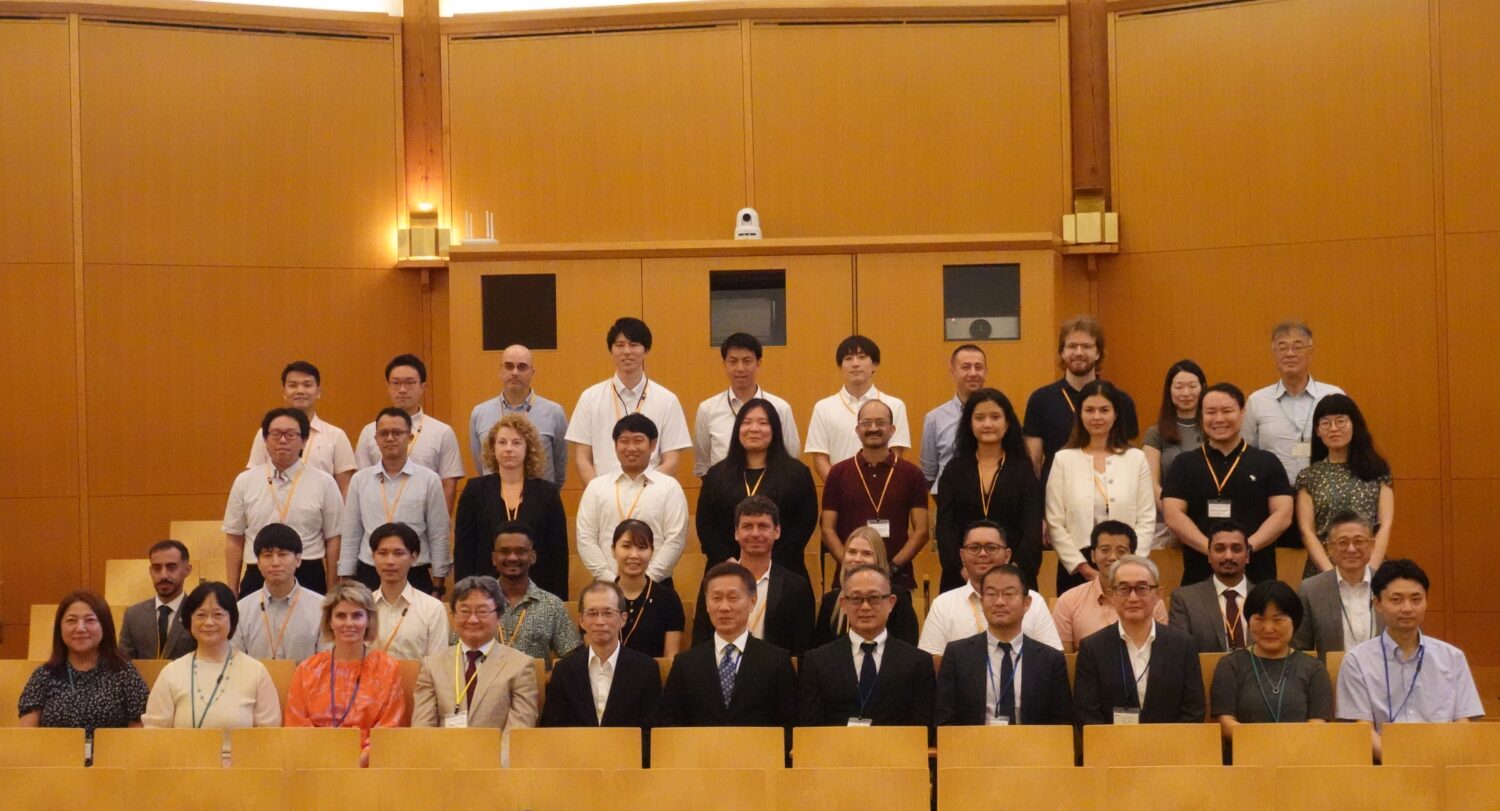Stepping away from the previous approach that relied on applications from individual municipalities to become site candidates, a new mechanism will be introduced whereby the government will take the initiative in identifying scientifically “suitable” or “promising” candidate disposal sites, taking care to avoid such issues as volcanoes and active faults.
The move represents the first revision to the basic policy in seven years. The selection of disposal sites has seen little progress in that time, and the government intends to break through the current impasse by making clear that it will come to forefront on the issue of HLW disposal. With Japan’s idled nuclear power plants (NPPs) expected to begin restarting operation from this summer, the HLW issue cannot be allowed to stay deadlocked.
The government will now ask local municipalities around the country to provide various kinds of information, and will also engage in discussions with residents. It will then submit requests to several of those municipalities for their consent to being inspected as part of the consideration process for promising candidate disposal sites.
The final disposal method to be used is geological disposal, involving the burying of radioactive waste deep underground. From the investigation to construction, operation, and closure of the facility, the whole process is expected to take more than 100 years.
The new policy also secures flexibility in that the method of disposal can be reviewed in light of future policy changes and technological developments. Waste will be stored in a retrievable form until the site is closed, thereby lowering possible hurdles to a municipality’s acceptance.
The waste subject to disposal in this manner remains as HLW after the reprocessing of spent fuel. Development of technology for the direct disposal of spent fuel without reprocessing will be carried out simultaneously to keep other disposal options available for the future.
In addition, the Japan Atomic Energy Commission (JAEC) will evaluate the process for selecting sites. Given the current situation of candidate site prospects and the fact that there is no clear outlook for the start of operation of a final disposal site, the government also intends to increase the capacity to store spent fuel.
♦ ♦
Given the nature and difficulty of the issue, it is very important that the government take the lead in the selection and construction of an HLW disposal site. It cannot be expected, however, that better prospects will result from having the government present “scientifically-promising” sites and ask municipalities for their consent to inspections.
Constructing an HLW disposal site is difficult to realize by its very nature, which is why it must be a so-called “national project.” It is problematic for such a project to be completed unless the government is fully involved from the beginning to end (which must, in fact, include the operational period). That is because political and societal issues will definitely arise throughout the project’s duration, requiring timely actions and measures by the government itself.
In the end, only the government can give responsible answers and take actions regarding safety issues, accident measures and various local measures vis-à-vis municipalities and local residents.
HLW is generated from the operation of NPPs. Unless the national public understand their operation, however, it may not even accept nuclear waste disposal as a valid issue.
A majority of Japanese people are now said to be against nuclear power, so it is too optimistic to think that they will understand HLW disposal. People may be “interested” in the HLW issue, but such “interest” is in the context of its being just another reason to oppose nuclear power.
Accordingly, the government is urged to make the maximum effort to restore public confidence in nuclear policy as quickly as possible, while continuing sustained, responsible activities toward resolving the HLW disposal issue. That may inspire the people to have a better understanding of the issue in the long run.










